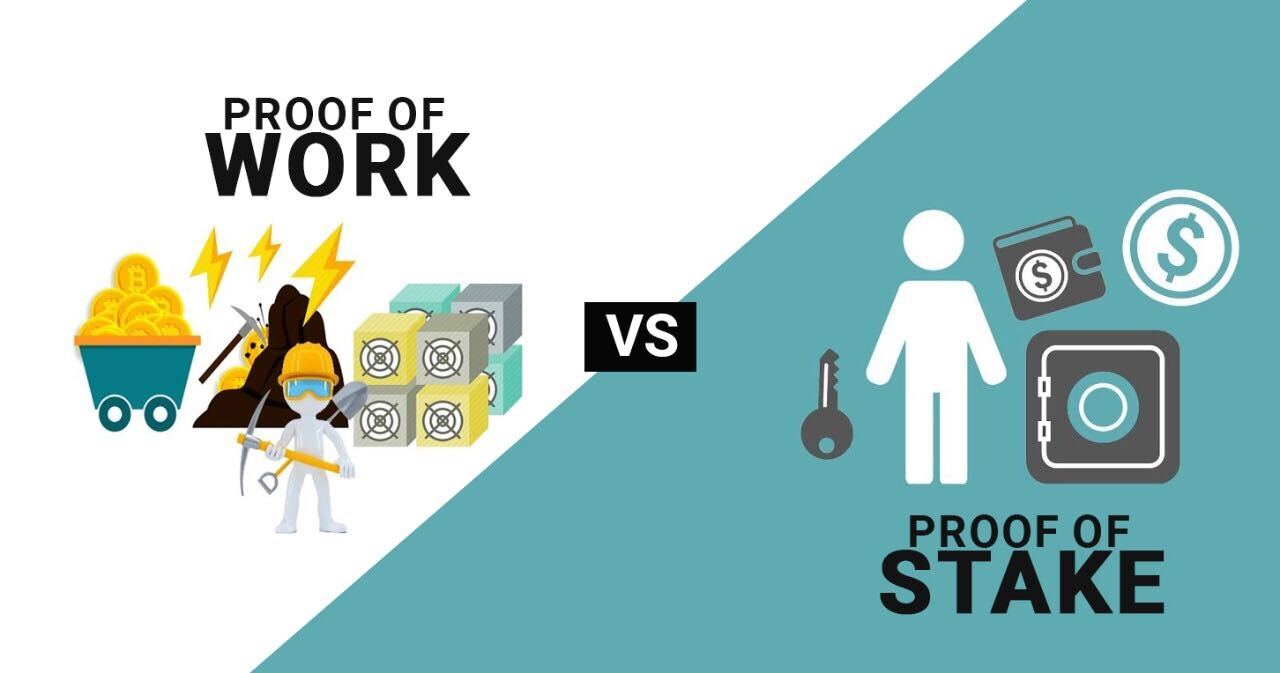Blockchain 101: Comparing Proof of Work (PoW) and Proof of Stake (PoS) Consensus Mechanisms
Introduction
Consensus mechanisms play a crucial role in ensuring the security and functionality of blockchain networks. Two widely adopted mechanisms are Proof of Work (PoW) and Proof of Stake (PoS). In this article, we will delve into the differences between PoW and PoS, highlighting their key features, advantages, and providing real-world examples of their applications. Additionally, we will explore the notable transition of Ethereum, one of the largest blockchain platforms, from PoW to PoS.
Proof of Work (PoW)
PoW is the original consensus mechanism introduced by Satoshi Nakamoto in the Bitcoin whitepaper. It requires miners to solve complex mathematical puzzles to validate transactions and add new blocks to the blockchain.
Key Aspects of PoW:
- Security: PoW ensures network security by making it computationally expensive to alter past transactions. The difficulty of the puzzles prevents malicious actors from controlling the network.
- Decentralization: PoW promotes decentralization as anyone with computational resources can become a miner. This distributed participation helps maintain the integrity of the blockchain.
- Energy Consumption: PoW is known for its energy-intensive nature. Miners compete to solve puzzles, which necessitates a significant amount of computational power, leading to high energy consumption.
Example of PoW: Bitcoin
Bitcoin, the first and most prominent cryptocurrency, utilizes PoW. Miners compete to solve complex mathematical problems, and the first miner to find the solution adds a new block to the Bitcoin blockchain. This process ensures the security and immutability of Bitcoin transactions.
Proof of Stake (PoS)
PoS is an alternative consensus mechanism that addresses the energy consumption concerns associated with PoW. In PoS, validators are chosen to create new blocks and validate transactions based on the number of coins they hold and are willing to “stake” or lock up as collateral.
Key Aspects of PoS:
- Energy Efficiency: PoS consumes significantly less energy compared to PoW because it does not rely on computational puzzles. Validators are chosen based on their stake in the network, reducing energy requirements.
- Security: PoS aims to achieve security through economic incentives and penalties. Validators risk losing their staked coins if they act maliciously, making it economically irrational to attack the network.
- Centralization Risk: Critics argue that PoS may introduce centralization risks, as validators with more substantial stakes have a higher probability of being selected to create new blocks. However, various PoS protocols implement mechanisms like coin age and delegation to mitigate this risk.
Example of PoS: Cardano
Cardano is a blockchain platform that employs a variation of PoS called Ouroboros. Validators, known as slot leaders, are selected to create new blocks based on the number of ADA coins they hold and are willing to stake. This approach ensures security, energy efficiency, and scalability for the Cardano network.
Ethereum’s Transition from PoW to PoS
One significant development in the blockchain space is Ethereum’s transition from PoW to PoS consensus. Ethereum, the second-largest blockchain platform, implemented the Ethereum 2.0 upgrade, also known as ETH2.0 or Serenity, which introduces the PoS consensus mechanism. This shift aims to address scalability concerns and reduce energy consumption by allowing Ethereum holders to become validators based on the number of ETH they hold and are willing to stake. This transition has the potential to make Ethereum more energy-efficient and enable faster transaction processing, opening up new possibilities for decentralized applications and smart contracts.
Conclusion
Proof of Work (PoW) and Proof of Stake (PoS) are two widely adopted consensus mechanisms in blockchain networks. While PoW provides robust security and decentralization, it is energy-intensive. PoS offers energy efficiency, scalability, and security through economic incentives. Real-world examples like Bitcoin (PoW) and Cardano (PoS) demonstrate the practical applications of each mechanism. Additionally, Ethereum’s upcoming transition to PoS through Ethereum 2.0 showcases the industry’s ongoing efforts to evolve and address the limitations of existing consensus mechanisms. As blockchain technology continues to advance, exploring and refining consensus mechanisms will be essential to creating more efficient, secure, and sustainable decentralized networks.
